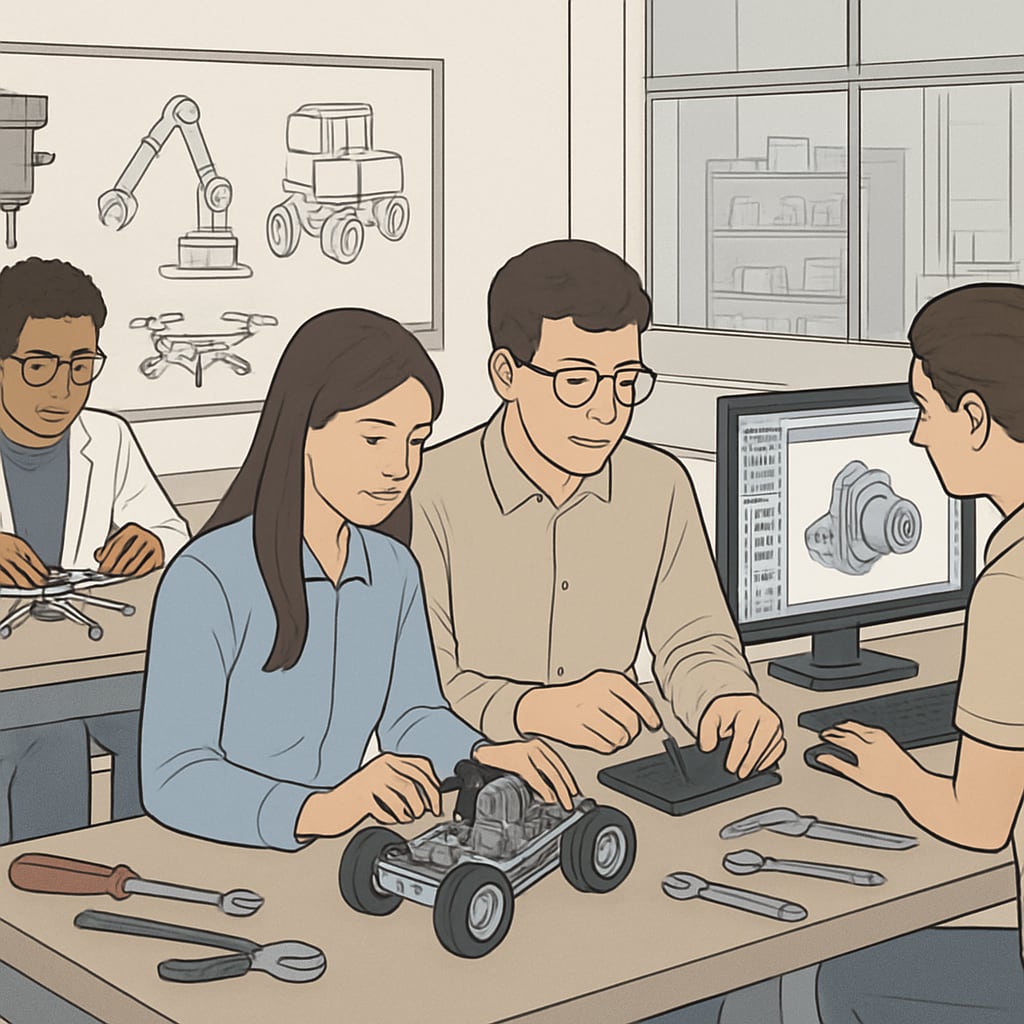Design engineering, master’s degree, career development—these are critical topics for K12 students aspiring to enter this innovative and fast-growing field. Parents, educators, and students alike face the challenge of making informed decisions about academic pathways and career preparation. This article delves into how foundational education at the K12 level can provide students with the necessary skills and knowledge to thrive in design engineering while also helping them navigate degree options and future career opportunities.
Understanding Design Engineering and Its Academic Foundations
Design engineering combines creativity, technical knowledge, and problem-solving skills to develop innovative solutions across industries such as automotive, aerospace, and consumer technology. Early exposure to STEM (Science, Technology, Engineering, and Math) subjects during K12 education lays the groundwork for success in this field. However, it is equally important to nurture soft skills such as communication, teamwork, and critical thinking. These abilities help students stand out in competitive academic programs and prepare them for collaborative workplace environments.

Choosing the Right Degree for Career Advancement
Students pursuing design engineering must carefully evaluate their academic options, especially when deciding between bachelor’s and master’s degrees. A bachelor’s degree typically provides foundational expertise in engineering principles, design methodologies, and computer-aided design (CAD) tools. For those seeking specialized knowledge or aiming for leadership roles, a master’s degree in design engineering can be a valuable investment.
While the decision to pursue advanced degrees depends on individual career goals, factors such as industry demand, salary expectations, and long-term professional development should also be considered. According to the U.S. Bureau of Labor Statistics, engineering roles requiring advanced degrees often offer higher earning potential and greater job security.

Building Core Competencies During K12 Education
The K12 stage is an opportune time to foster the skills essential for design engineering. Schools can integrate project-based learning and challenge students with real-world problems to develop their analytical and creative thinking capabilities. Extracurricular programs such as robotics clubs, coding workshops, and engineering competitions provide hands-on experience that complements classroom learning.
Key areas to focus on at this stage include:
- Mathematics and Physics: Concepts like geometry and mechanics form the technical backbone of engineering design.
- Creative Problem-Solving: Encouraging students to think outside the box and innovate solutions for complex issues.
- Technology Proficiency: Familiarity with software such as CAD tools, programming languages, and simulation platforms.
As a result, students who actively engage in these activities are better prepared for the rigorous demands of higher education and the professional world.
Career Development Insights for Aspiring Design Engineers
Career development in design engineering involves more than just academic achievements. Networking, internships, and certifications play a significant role in gaining practical experience and industry exposure. Students can leverage resources such as professional organizations, including ASME (American Society of Mechanical Engineers), to connect with mentors and stay informed about emerging trends.
Additionally, building a portfolio of projects demonstrates technical expertise and creativity to potential employers. For example, showcasing CAD designs, prototypes, or participation in engineering competitions can highlight a student’s commitment to innovation.
Ultimately, aligning academic choices with career aspirations ensures that students are well-equipped to navigate the dynamic and rewarding field of design engineering.
Readability guidance: Use concise paragraphs and lists to organize information effectively. Incorporate transition words like “however,” “therefore,” and “as a result” for smoother flow. Keep technical jargon accessible by providing brief explanations where necessary.


